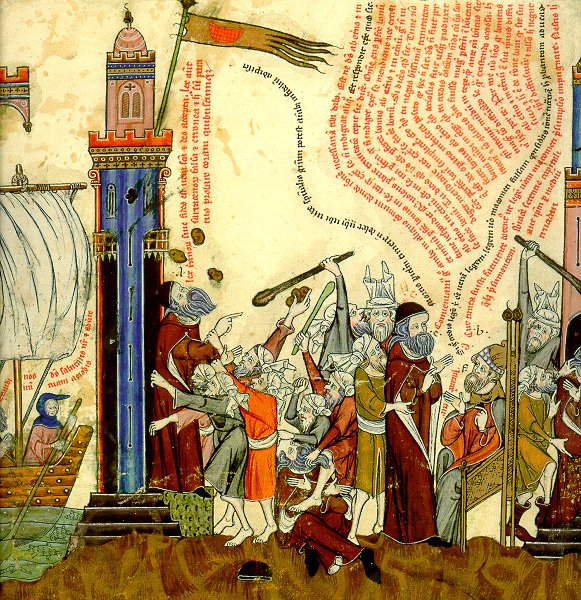One of the most unusual endeavours of philosophy’s history will have to be the enterprise undertaken by the Majorcan Ramon Llull (1232-1316).
After carrying out a very mundane life for a number of years, the enlightened doctor, as he would be named by his disciples, had a series of visions of the Lord that led him to radically change and to decide to write “the best book the world has ever seen”.
Unfortunately, Llull was as good as illiterate, so he first had to read and indoctrinate himself on the basics of philosophy. Also, this man lived in a period in which Muslim religion and culture pretty much surrounded Spain. He also sought to convert them, as well as Jews, through his book. But that is not all: he was also to devise a method that would allow the user to basically deduct all and every truthful statement in the world.
Not surprisingly, his intentions of converting infidels were met with less than amicable reactions from the Muslims of North Africa, who beat him and deported him, demanding he would never again try such things, upon penalty of death. His method of automated deduction of the whole truth in the universe by combining a small number of elements was also rejected by instance upon instance of teaching establishments.

Even though his art went through different versions, from the general to the magna, it was always received with somewhat indifference and never the enthusiasm Llull had expected. Its main premise, that the whole body of truth can be deducted by using a simple and semi-mechanic method, was obviously flawed and condemned from the beginning.

Even though on the surface it would look as if he failed miserably, in reality his legacy lives on. His work pioneered computation and inspired Leibniz, who would develop the infinitesimal calculus centuries later. On the other hand, his ambition to convert Muslims and Jews actually led him to study their religions, traditions and philosophies, which he proceeded to incorporate in his method (the Kabbalah, the zaijra), thus helping the West to better understand them.
But even more than that, his work speaks to the human ambition of understanding the underlying order of the Universe, which prompts us to move forward and go further, stretching the limits of our knowledge into the great unknown.